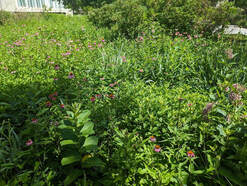
One step towards sustainability in any garden space is choosing plants wisely. Understand the planting site before selecting plants. This includes the slope, soil type, water availability, foot traffic and environmental conditions such as sun/shade, wind exposure, etc. Choose plants that tolerate the available conditions.
Native plants are adapted to the natural growing conditions of the area and require minimal supplemental care once established. There are many low maintenance non-natives that can also provide benefits. Growing a diverse collection of plants reduces the risk of severe infestations of diseases and pests. Plant diversity also promotes diverse wildlife. Animals feed on berries, seeds and insects but also use plant materials to create shelter. A variety of woody shrubs, herbaceous perennials and ornamental grasses fulfills the needs of many types of wildlife.
Fortunately, many plants that benefit wildlife are also good choices for a waterwise garden. Drought tolerant plants such as black-eyed Susan, coneflower, coreopsis, sedum, yarrow and lavender will attract pollinators and require little maintenance after establishment.
Rain barrels and rain gauges are great educational tools for a sustainable landscape. Volunteers may be eager to get involved with building a rain barrel over the summer. During the school year, mount a rain gauge and let students track water collection. Use the data to create graphs and better understand water availability locally.
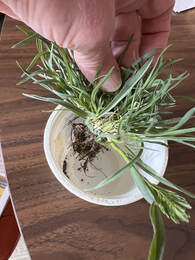
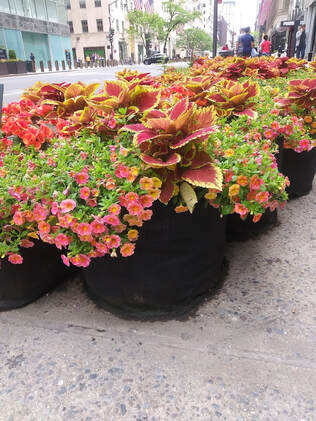
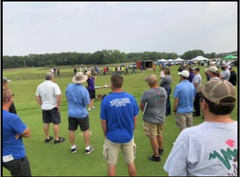
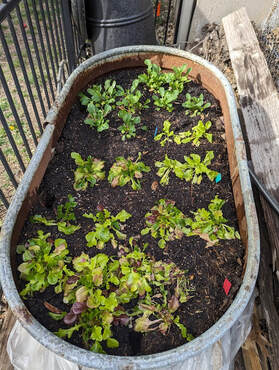
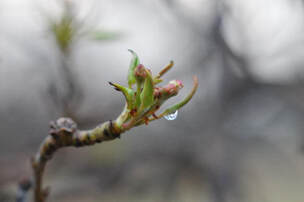
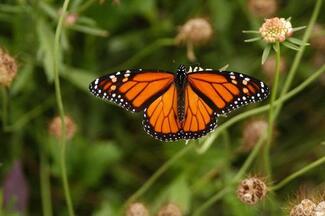
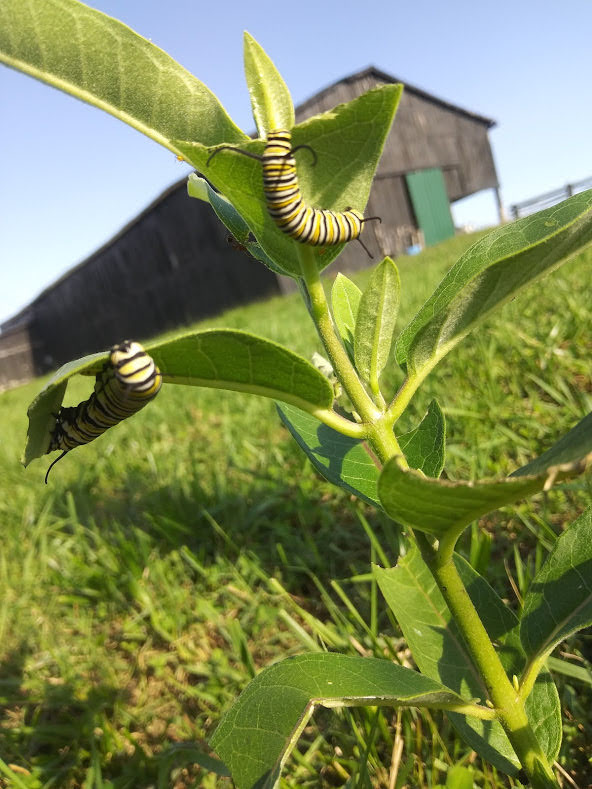
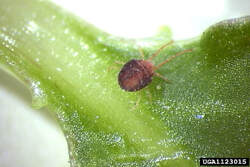
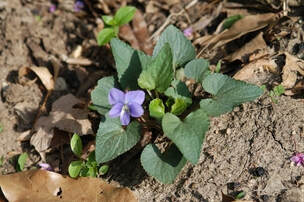

 RSS Feed
RSS Feed
